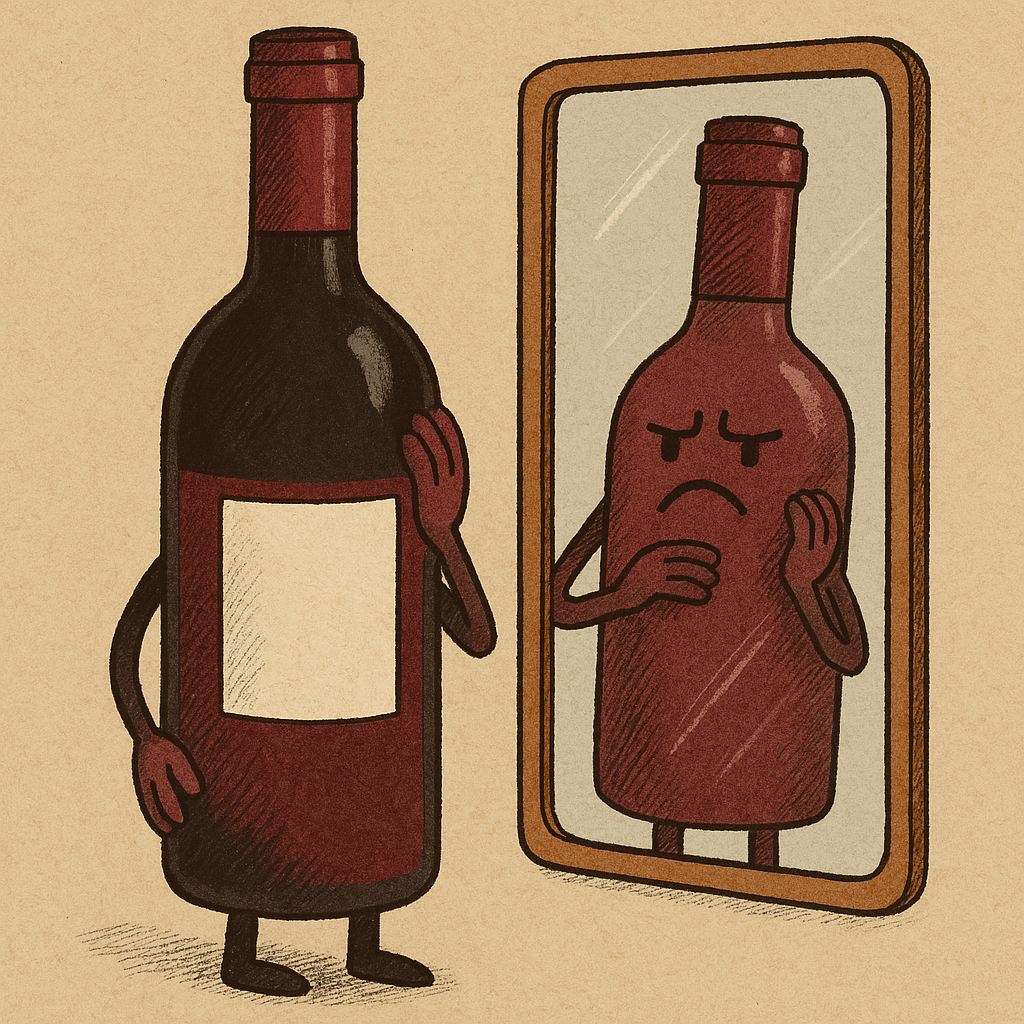When it comes to wine, what’s on the outside can be just as important as what’s on the inside. The type of closure used on a wine bottle—whether it’s a traditional cork, a screwcap, or something more modern—can have a significant impact on the wine’s flavor, aroma, and aging potential. At Resistance Wine Company, we’ve made some specific choices about our closures, and we’re here to break down why they matter. Let’s pop the top on this topic and explore how different types of corks (and their alternatives) influence your wine tasting experience. Our number one goal is sustainability when it comes to corks.
What are the different types of Wine Corks?
The Cork Conundrum: How Different Closures Impact Your Wine Tasting Experience
Traditional Cork: The Classic Choice
Let’s start with the O.G. of wine closures: the traditional cork. Made from the bark of the cork oak tree, this closure has been the go-to for centuries. Traditional corks are porous, allowing a small amount of oxygen to interact with the wine over time. This slow oxygenation process can be beneficial for wines that are meant to age, helping to develop complex flavors and soften tannins.
- Pros: Traditional corks are great for wines that need to breathe and age gracefully over time. They add an element of ceremony to opening a bottle, and there’s just something satisfying about the sound of a cork popping.
- Cons: Cork taint, caused by a compound called TCA (trichloroanisole), can spoil the wine, giving it a musty, off-flavor. Additionally, corks can dry out and crumble over time, especially if the bottle isn’t stored properly.
While traditional corks are beloved for their ability to enhance the aging process, they come with some risks. That’s why you’ll find them less often in our lineup—except maybe in those rare, special releases where age and tradition go hand-in-hand.
Composite Cork: The Middle Ground
Next up, we have the composite cork, which is a blend of natural cork particles bound together with a food-grade adhesive. Composite corks offer a balance between tradition and modernity, giving you the benefits of natural cork without some of the downsides.
- Pros: Composite corks are more consistent than traditional corks, reducing the risk of cork taint. They still allow a bit of oxygen exchange, making them suitable for wines that benefit from short to medium aging. Plus, they’re more sustainable, as they make use of leftover cork materials.
- Cons: They don’t quite match the aging potential of natural cork, and they might not provide that satisfying “pop” that many wine lovers enjoy.
At Resistance Wine Company, we use composite corks for our Sauvignon Blanc, Collab, Malbec, Syrah, and Tempranillo. Why? Because they offer the perfect balance of tradition and reliability. They help maintain the freshness of our wines while allowing just enough oxygen to enhance the flavors over time.
Screwcaps: The Modern Maverick
Screwcaps often get a bad rap for being less “fancy,” but let’s be clear: they’re not just for cheap wines anymore. In fact, many winemakers and sommeliers prefer screwcaps for their consistency and reliability. Unlike corks, screwcaps provide an airtight seal, which means no oxygen gets in or out.
- Pros: Screwcaps are perfect for wines that are meant to be consumed young and fresh, like our Rosé. They prevent cork taint and ensure that the wine tastes exactly as the winemaker intended, every time. Plus, they’re easy to open—no corkscrew required!
- Cons: The lack of oxygen exchange means screwcaps aren’t ideal for wines that are meant to age for long periods. Some argue that they can lead to wines that taste a bit too “closed” or un-evolved if they’re aged for many years.
We’ve chosen screwcaps for our Rosé because they keep it crisp, vibrant, and exactly how we want it—perfect for those spontaneous picnics or after-work wind-downs.
Plastic Cork: The Faux Cork
Plastic or synthetic corks are designed to mimic traditional corks, but with more durability and no risk of cork taint. They’re often used in wines that are meant to be consumed young, within a year or two of bottling.
- Pros: Plastic corks are consistent, don’t crumble, and are easy to remove. They’re also resistant to cork taint, making them a reliable option for everyday wines.
- Cons: They can sometimes impart a slight plastic taste to the wine, and they don’t allow any oxygen exchange, which means they’re not suitable for wines that need to age.
While we respect the practicality of plastic corks, you won’t find them in our lineup. We prefer closures that enhance the wine’s natural qualities, rather than potentially detract from them.
Bottle Caps: The Beer Influence
Believe it or not, some wines are now being sealed with bottle caps, similar to those used on beer bottles. While still relatively rare in the wine world, bottle caps are gaining popularity for their airtight seal and convenience.
- Pros: Like screwcaps, bottle caps provide an airtight seal, ensuring the wine stays fresh and untainted. They’re also incredibly easy to open.
- Cons: Bottle caps are often associated with lower-end products, which might not align with the perception of fine wine. They also don’t allow any oxygen exchange, so they’re best for wines that are meant to be consumed young.
While bottle caps are an interesting trend, we’re sticking with what works best for our wines—composite corks and screwcaps.
Why We Don’t Use Foil: Stripping Down the Process
At Resistance Wine Company, we’ve made the decision to skip the foil on all our bottles. Why? Because it’s unnecessary and wasteful. Foil doesn’t contribute anything to the quality of the wine—it’s purely cosmetic. By eliminating it, we’re not only reducing waste but also making it easier for you to get to the good stuff inside. After all, who needs the extra layer of hassle when you’ve got a great bottle of wine waiting?
Conclusion: The Right Closure for the Right Wine
Choosing the right closure for a wine isn’t just about tradition or aesthetics—it’s about preserving the wine’s integrity and enhancing your tasting experience. Whether it’s a screwcap for our Rosé, a composite cork for our Sauvignon Blanc, Collab, Malbec, Syrah, and Tempranillo, or no foil at all, every decision is made with the wine—and you—in mind. So the next time you pop a bottle of Resistance wine, know that the closure isn’t just there to keep the wine in—it’s part of what makes the wine taste exactly as it should. Cheers to that!
Learn more about Wine Tasting variables here:
Recent Posts











